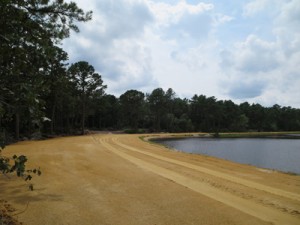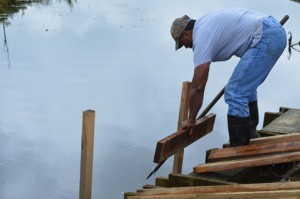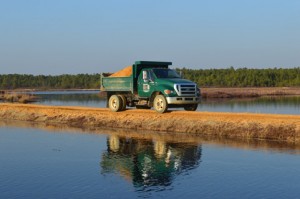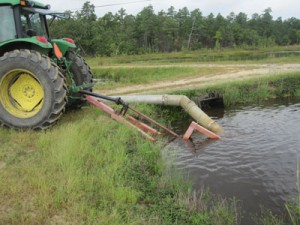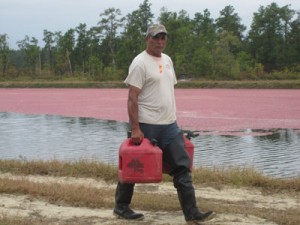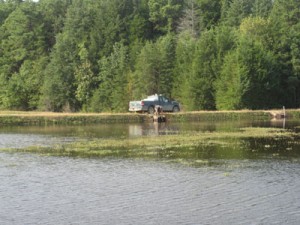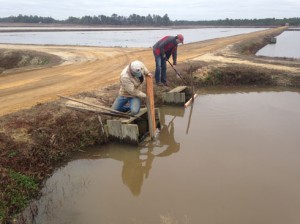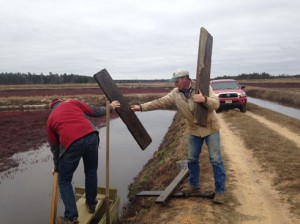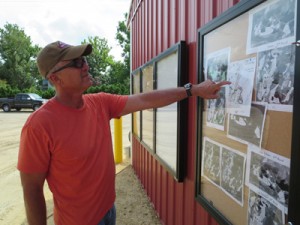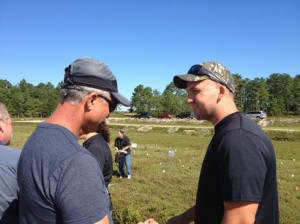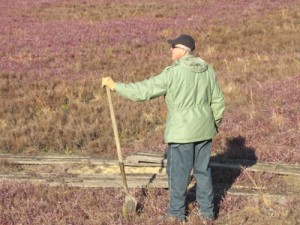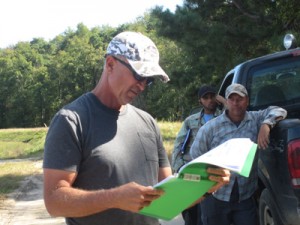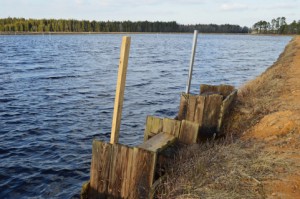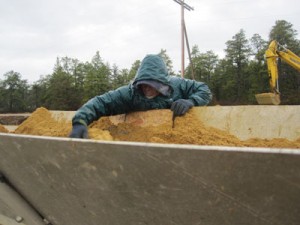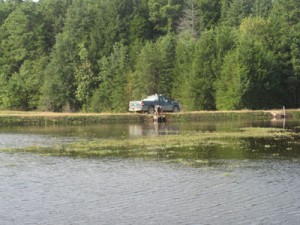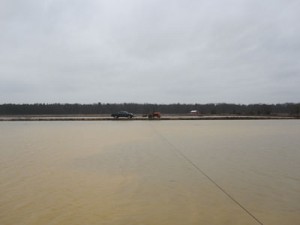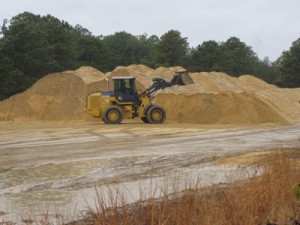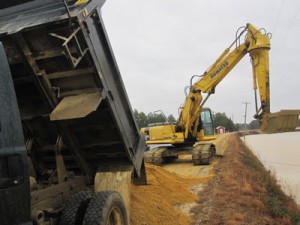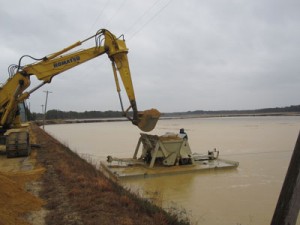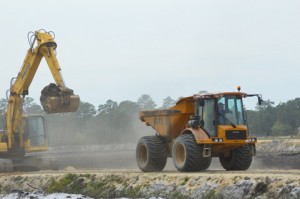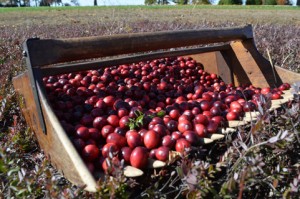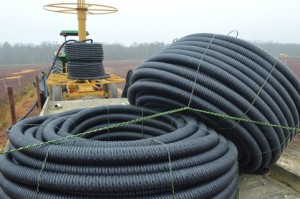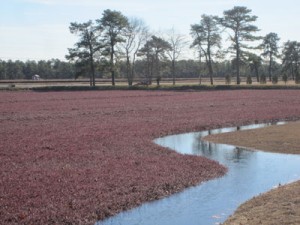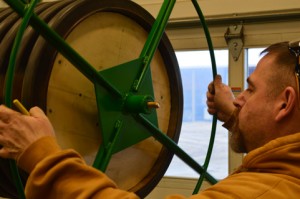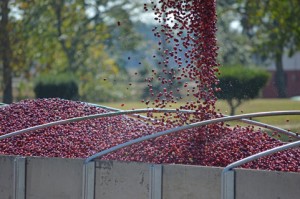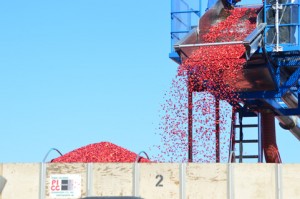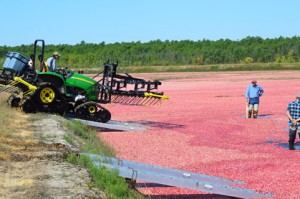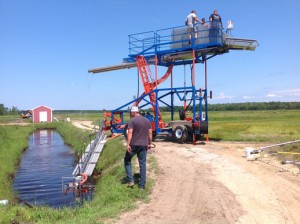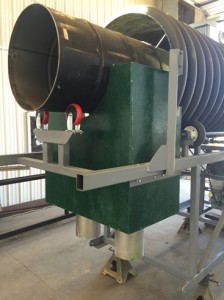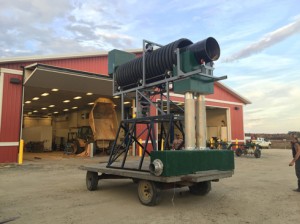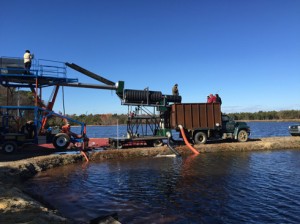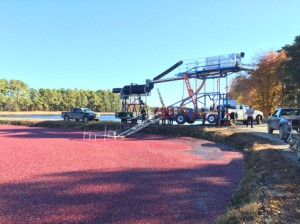This week, our Pine Island family had to say goodbye to Anicasia Torres, who has for so long been a part of all of our lives. Her late husband Ernesto was Bill Sr’s right hand man for many years, a role their son Fred later took over for Bill, Jr. After Ernesto retired and before they moved back to the area permanently, every trip back to New Jersey meant a round of visiting all of her “kids”, whether or not they were related by blood. She was one of the kindest, most giving people most of us could ever hope to know, and we’ll all miss Doña Nica very much.
Born on September 29, 1921 and raised in Villalba, Puerto Rico, Anicasia married the love of her life, Ernesto, on March 12, 1951 and together they raised 10 children. They came to Chatsworth from Puerto Rico in 1957, retiring back to Puerto Rico in 1992. It was their desire to stay with their children and grandchildren permanently, that returned them to New Jersey in 2006.
Anicasia was a faithful member of St. Nicholas Church. She was a quiet person with a big heart and a big smile. She loved to read, especially the Bible and was a member of the Sacred Heart of Jesus. Anicasia was a dedicated homemaker who loved traveling and when company came to visit. She dearly loved all of her children, grandchildren, and great-grandchildren and was especially proud of all their achievements.
Predeceased by her husband Ernesto in 2010, four sisters and two brothers, Anicasia is survived by her 10 children – daughter Lucy Zapata (Rick), Green Bank; son Freddy (Cristina), Hammonton; daughter Mildred Morales (Jorge), Chatsworth; son Orlando (Hazel, deceased),Tuckerton; son Clark (Leslie), Medford; son David (Kristy), Laureldale; son Edgar (Trissa), Boston; son Uriel (Neida), Shamong; daughter Eva Haines (Michael),Tabernacle; and son Alex (Carmen) of Egg Harbor City. Affectionately called Grandmom, Memom, Abuela, and G’mom by her 25 adoring grandchildren who will miss her deeply – Eddie and Daniel (Danielle) Zapata; Jonathan (Amanda), Micah (Chelsea) and Sari Torres; Lindsey (Christopher) Hall, Kristina, Stephani and Brandon Morales; Joshua (Jennifer)Torres and Amanda (Thomas) King; Jason (Jessica) Anderson and Jordan Torres; Kaitlyn and Olivia Torres; Nadia and Trevor Torres; Erika (John) Wade and Jessica Torres; Becky Rivera, and Omar Mercado; Timothy, Michelle and Angela Haines; and Juliana Torres; as well as her 11great-grandchildren: Ella and Hudson Torres; Logan Torres; Michael Avery Torres; Alexa and Riley Hall; Luci Morales; Lucas, Dylan, and Caleb King; and Colt Anderson. She is also survived by her brother Juan (Fermina), daughter-in-law Kathy, nieces, nephews, and other relatives and friends.



